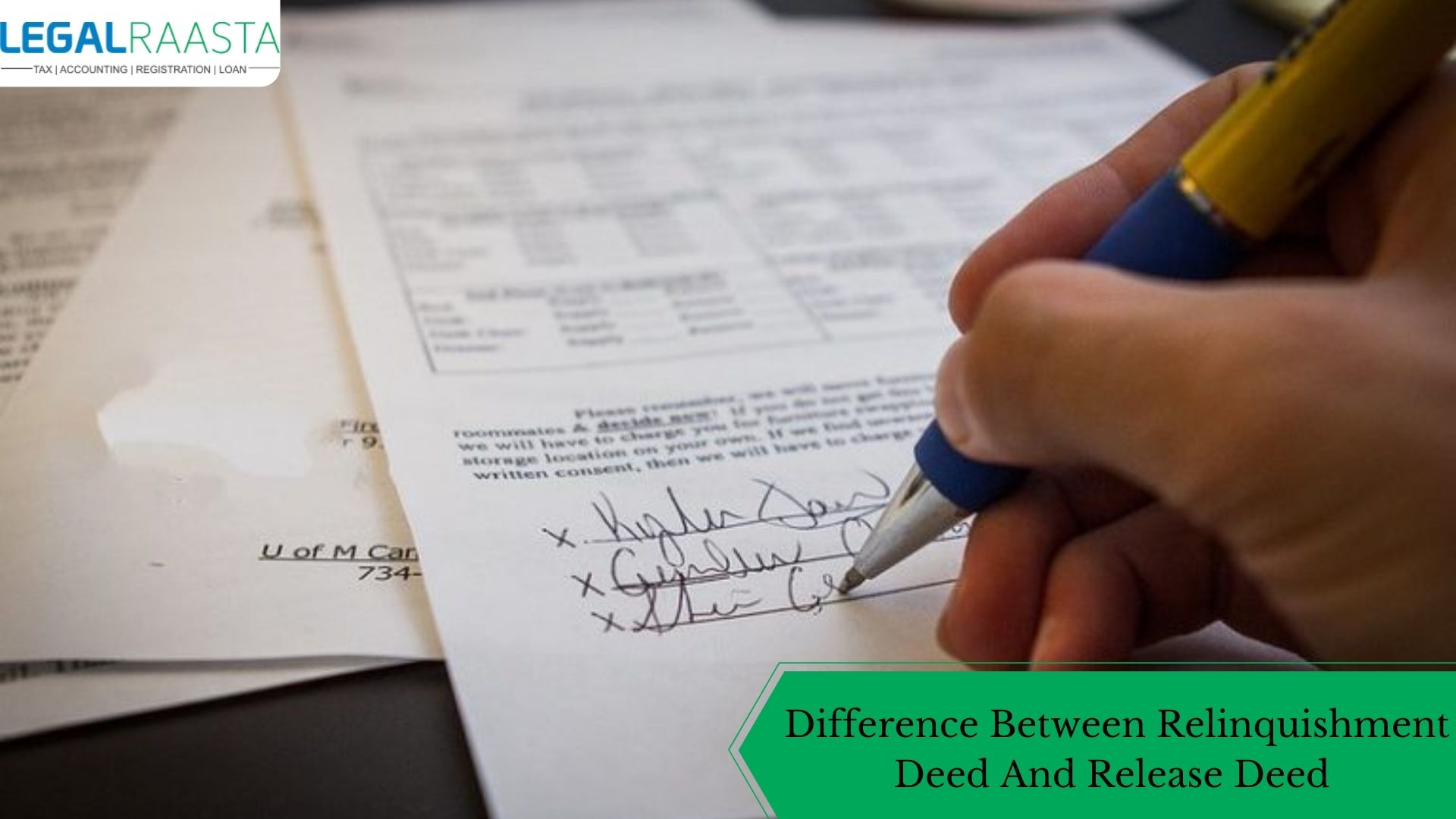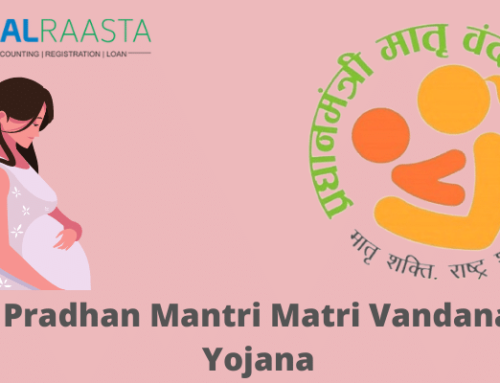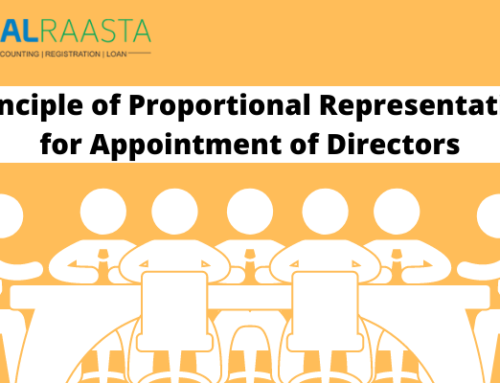The two terms of deed –”Deed of Release and Relinquishment Deed”, can be very confusing as most people are not aware of their difference. Most of them think that both mean the same. Although technically, both can mean the same, still there is a little difference between the two terms.
What is the meaning of the relinquishment deed?
Contents
Legal documents which allow a person to give up, on his or her legal rights over a property to somebody else are known as relinquishment deeds. The person gives up the property with their consent. Whereas, a deed of reconveyance, also known as the deed of release, is a legal document which is used to relinquish someone’s claim over a property. To release the parties from any previous responsibility, a deed of release can be used to initiate the release. Even though there is no major difference between the two, still the meaning of both the terms may vary when used in a legal context.
For example, when a person dies without any will, and his property is given to his legal heir (two daughters). In case one of the two daughters decide to transfer her rights over the property to her sister due to any reason. In this case, the right to transfer will be known as the relinquishment deed. In a situation of relinquishment, the other person, to whom the deed is being transferred, should also be interested in taking the property. The person is then required to complete the consent after taking up the entire share of property transferred to him or her.
However, if the other person does not accept the deed of relinquishment, then it cannot be legally forced on them.
Also, the relinquishment deed can only be implemented towards the members of the deceased person. In some rare cases, it might be transferred to the co-owner of the property, but no one other than them.
How to register the deed?
The parties involved are required to follow the given steps to register a relinquishment deed:
Step 1 – The parties are required to draft the content of a relinquishment deed on Rs.100 stamp paper. There should be no mistake related to the details mention in the draft. Make sure that there should be no typing errors or spelling errors in the draft. Don’t complicate the language on the draft. Use simple terms so that the nature of the deed should be clear.
Step 2 – Both the parties should visit the sub-registrar’s office in the concerned area along with two witnesses. All the people involved have to carry the photocopies along with the originals, of their identity proof (Aadhar card) and address proofs, as well as their passport size photographs.
Step 3 – As the fee for the registration of the relinquishment deed, a nominal fee of Rs.100 and Rs.250 has to be paid.
Step 4 – After the official is satisfied with the nature of the deed, the submitted documents can be registered and within a week, a relinquishment deed will be created. After that, the parties can visit the sub-registrar’s office and collect the final papers.
Because of any terminal illness or any other disability, if an applicant is not able to visit the sub-registrar’s office, then he/she can submit an application at the sub-registrar’s office, through someone else/online. If the application is accepted, an official will be sent to the applicant’s home to complete the registration process. Under section 31 of the registration act, it is allowed to visit the applicant’s home in such cases.
On what basis can a relinquishment deed be revoked?
The co-owner can revoke the relinquished deed on certain specific grounds, such as:
In case of fraud committed against him.
If the co-owner has been forced or influenced to agree.
In the case of any misinterpretation from his/her side in the final document.
What is the meaning of the release deed?
A deed which can be enforced towards anyone who has a pure interest in the property, regardless of the fact, whether they are a family member or not. This transfer of deed is known as release deed.
After an owner is entitled to a loan from the bank, the bank then takes full control of the property which was previously owned by the actual owner as collateral. As soon as the full loan amount is paid, the property is transferred back to the owner along with the release deed.
Now, the bank is required to give up on the temporary possession of the property and return it to the owner along with the property release deed. Hence, in the case of a property release deed, the parties involved should be familiar or co-partners.
In case of a relinquishment deed, it can only be produced for the inheritance of property by the family members and the release of any services.
When talking about an employment release deed, it can only be formed to release both, the employer and the employee, from any previous compulsions. In some other cases, such as “Severance Pay”, this deed can be established between the employer and the employee. The employment release deed bonds the employee from releasing any highly confidential information about the company. It also refrains the employee from starting his own company with the acknowledged information. The most significant aspect of forming a deed is to register the legal instruments.
What are the requirements for a relinquishment deed?
As mentioned above, a legal document which allows a person to transfer the claim over a property from one person to another is known as a relinquishment deed. Following are the requirements for relinquishment deeds:
• It is compulsory to register it as per section 17 of the registration act, 1908.
• The deed should also be accurately executed.
• The deed should be drafted in Rs.100 stamp paper.
• The deed should be registered before the sub-registrar of assurances. The jurisdiction of the property along with the registration fees lies with the sub-registrar of assurances.
• It is not compulsory to have any signature on the required documents to be attested by a notary.
It is not possible to revoke any registered deed only because the person, who is transferring his/her claim over the property, has changed his/her mind. In a particular scenario, a relinquishment deed can be challenged. The ground on which it can be challenged can also be used to revoke a general contract. It can be due to any reason such as “Fraud, Coercion, Undue Influence, and Misrepresentation.” For the cancellation, the consent of both the parties is vital. In this case, both the parties are in favour of relinquishment and the person in whose favour the deed is being relinquished. If this is not the case, then the deed can only be cancelled by approaching the court.
However, a release deed cannot be cancelled by approaching the court.
Both the deeds, relinquished deeds and released deeds, are like a binary contract. Also, the essentials required by both the deeds are similar to a binary contract. Although, a relinquishment deed is formed between two parties with or without any consent. Whereas, for the release deed to be valid, it needs consent.
Hence, we can also call a relinquishment deed, a form of release deed. This can be used only to relinquish the claims over inherited property.
We provide all kinds of legal services like “LLP registration, Trademark Registration Private Limited Company Registration, Nidhi Company Registration” and many more. So, contact the expert team of “LegalRaasta”, for a completely smooth and hassle free process.
Related Links
Partnership deed and the importance of it in Partnership firms






